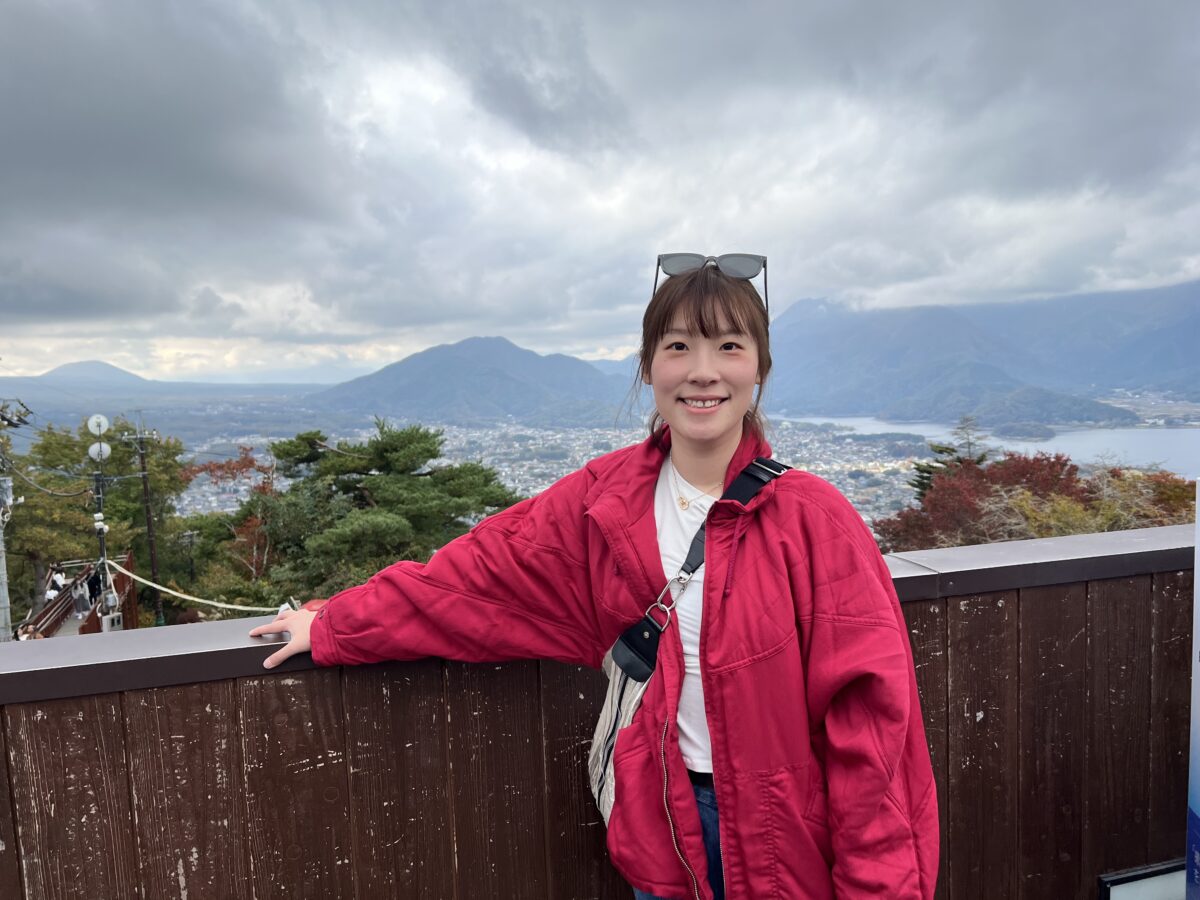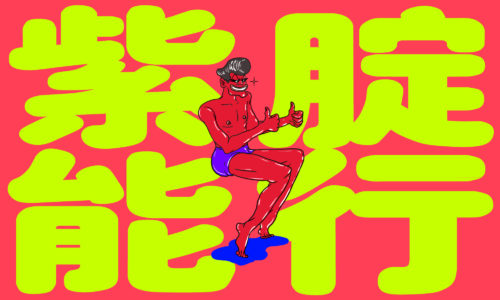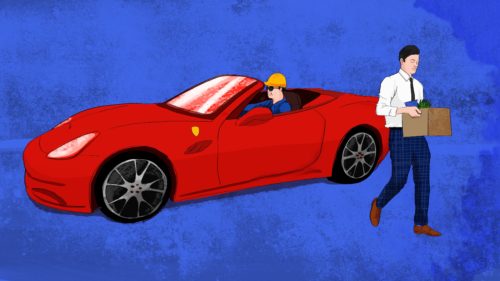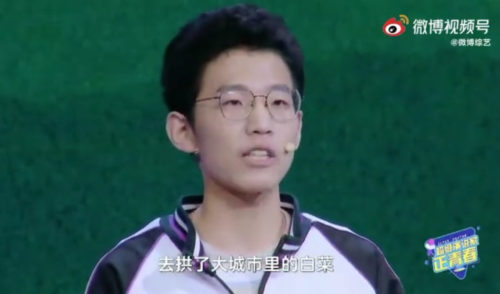The gaokao: China’s most grueling school examinations
A short history of the most famous feature of China’s educational system on its 40th anniversary.
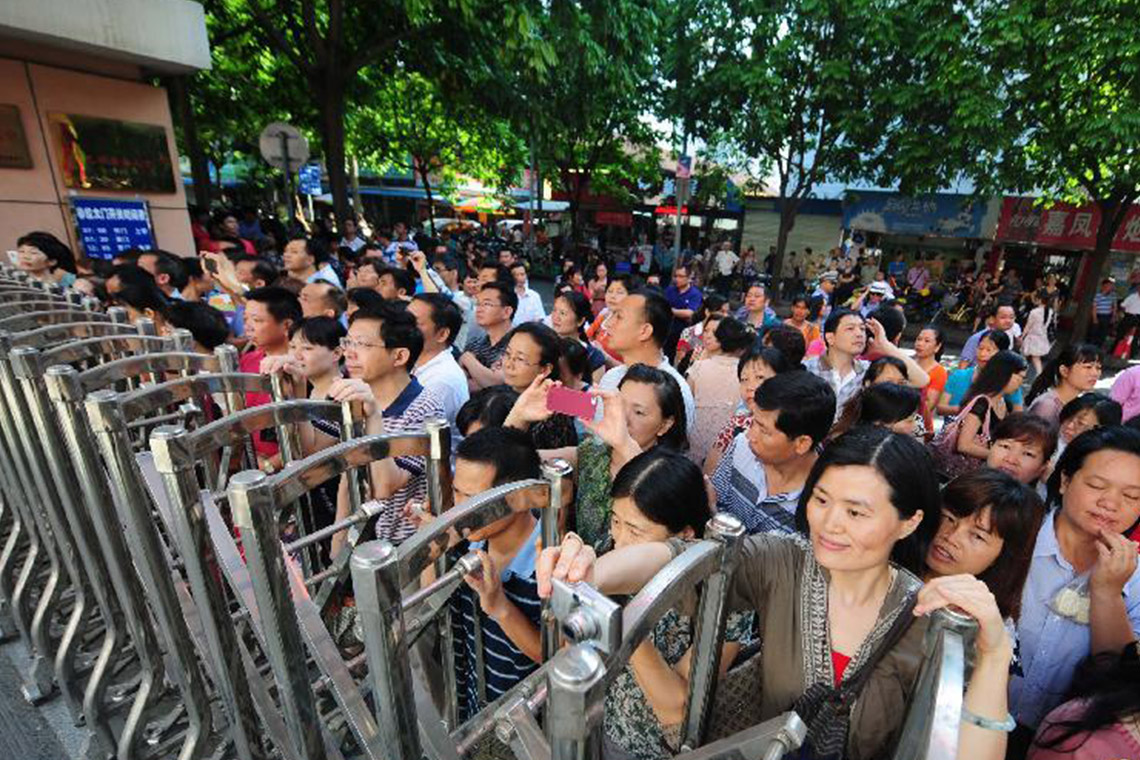
Starting on June 7, millions of Chinese high-school students take the gaokao (高考 gāokǎo), the nationwide college entrance examination. This year, according to Xinhua (in Chinese), close to 9.4 million candidates have signed up to participate in the high-stakes examination, down from a peak of 10.5 million in 2010. Every year in June, gaokao news dominates the headlines in Chinese media which reports on the event like a national holiday — only with much less joy, and much more pressure.
What makes this year’s exams unique is that 2017 marks the 40th anniversary of the resumption of the gaokao after the end of the Cultural Revolution, but the genesis of the gaokao can be found as early as the Sui dynasty, when keju (科举 kē jǔ), also known as the Imperial Exam or Civil Exam, was first introduced by the central government to select talented individuals from the amongst the commoners. Hailed by some as the fifth great innovation from China, keju, during its 1,300-year history, served as an effective tool for imperial China to expand its human resource pool, and was also almost the only path for ordinary Chinese to ascend to the elite class. In 1905, the keju system was abolished. But its spirit still lives on today in the gaokao, an advanced merit-based test that was launched in 1952, three years after the birth of modern China.
During the chaotic 10-year Cultural Revolution (1966-1976), public education in China came to a complete standstill. Schools were closed and Chinese universities stopped enrolling students. In 1977, right after Mao’s death, the gaokao exams were restored under the charge of Deng Xiaoping 邓小平, who returned to power as the vice-premier overseeing culture and education. Unlimited by age or background, people deprived of educational opportunities in the years before rushed to embrace the gaokao’s revival. Official figures suggested that about 5.7 million candidates registered for the exam in 1977, and only 272,971 were admitted, making the enrollment rate as low as 4.78 percent.
In the decades that followed, many changes have been made to adjust the exam in accordance with demographic shifts. In 1985, the Ministry of Education for the first time allowed some senior high schools to recommend students with outstanding academic performance directly to top universities, granting them a free pass on the arduous exam. Fourteen years later, the general scale of enrollment was enlarged, which brought higher-education opportunities to more young people in less privileged communities. Another major change took place in 2000, when cities like Beijing and Shanghai added another version of the test, generally known as the “spring gaokao,” as it is held during springtime, to offer a supplementary option for students who performed poorly in the summer exam but still aspired to go to college.
Subjects included in the tests also changed over the years. When the gaokao was restored in 1977, science students were required to take a test of seven subjects and art students needed to take six. As complaints about the excessively heavy burden on students continued to pile up, the Ministry of Education gradually reduced the number of subjects tested. The modern test is now in what is called a “3+X mode,” where all students take math, Chinese, and English tests, plus a flexible elective component from either the arts or science category.
In recent years, to address the long-existing urban-rural divide on access to higher education, the government has initiated a host of policies, including the reduction of requirements for students without a local household registration to take the exam, and regulations for some major colleges and universities to enroll more students from rural areas.
However, despite the widely acknowledged fact that the gaokao was designed to be, and still is, a platform that in many cases equalizes opportunities and access to higher education across all social classes, it has many problems. Cheating is one. To prevent it, authorities have installed closed-circuit televisions in examination halls and metal detectors at school entrances. In addition to traditional methods, more sophisticated technologies are being utilized, including drones carrying radio scanners, fingerprint checks, and facial-recognition devices.
Read more about the 2017 gaokao at these links:
- Major changes of gaokao in 40 years / China Daily
- Over 9 million students to sit gaokao / China Daily
- Teen idol joins millions taking China’s grueling gaokao exam / CNN
- Soup and prayers soothe apprehensive Chinese test takers / Reuters
- China’s brightest at college entrance exams get tough new competition — from a robot / Caixin
- It takes more than fingerprint checks to beat cheaters in China’s biggest exam / Quartz
- Pictures: Prayers before China’s ‘gaokao’ exam season / Reuters
- Rural schools set up to fail under China’s ‘gaokao’ system / Sixth Tone
